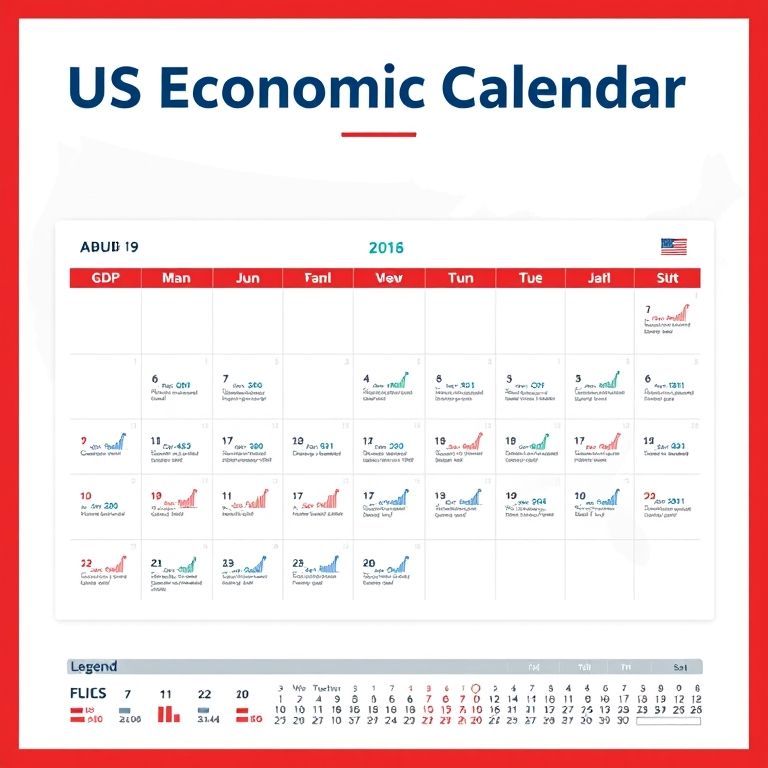us economic calendar
The US Economic Calendar: Your Guide to Markets and Web3 Trading
Introduction
In the whirlwind of forex, stocks, crypto, indices, options, and commodities, the US economic calendar acts like a trusted roadmap. When the CPI prints, when payrolls drop, or when the Fed minutes land, the calendar marks the moments that can surge volatility, reshape sentiment, and spark cross-asset moves. I’ve learned to keep a reliable calendar handy, not as a crystal ball, but as a diagnostic tool—to time entries, set expectations, and align Web3 strategies with real-world data. A few bold lines you’ll hear in the market echo this idea: “Stay informed, stay ready,” and “Plan around the numbers, then adapt.” That’s the spirit the US economic calendar brings to Web3 finance.

Core Features and What They Mean for Web3 Traders
- Timely data releases and volatility spikes: The calendar highlights key reports like CPI, NFP, GDP, and FOMC statements. These moments can widen spreads, flash moves across currencies, and ripple into token prices. In practice, a data surprise can swing USD pairs, drag indices, and then influence hedges or liquidity mining decisions on chain.
- Consensus vs revision dynamics: Markets price in expectations, so the difference between forecast and actual data matters. Revisions can alter policy bets and shift risk premia across assets, which Web3 traders can exploit with smart positioning and adaptive liquidity strategies.
- Pre- and post-event risk management: The calendar helps set optionality and hedges around events. Traders often reduce risk or tighten stops before a release and look for post-release retracements or breakouts to re-enter with a calibrated sizing model.
- Cross-asset spillovers: US macro data doesn’t stay in a vacuum. A stronger dollar can weigh on emerging markets, commodities, and risk assets, while crypto often follows broader risk-on/risk-off moods driven by macro cues. The calendar thus becomes a bridge linking traditional markets to decentralized venues.
Trading Across Asset Classes: Practical Angles
- Forex and indices: A hot CPI print can push USD strength and move DXY-linked assets. Web3 traders hedge FX exposure in multi-chain wallets and use tokenized stablecoins to navigate liquidity during spikes.
- Stocks and options: NFP surprises often lift or crush major indices and raise VIX-like hedges. Options strategies like verticals or calendars can be tuned around expected moves, with calendar spreads aligning to data cadence.
- Crypto and commodities: Crypto liquidity co-moves with macro risk sentiment. Gold and oil data (inventory, OPEC, etc.) can serve as macro anchors, while on-chain data and oracle feeds help confirm sentiment in DeFi and synthetic assets.
Reliability tips: test data feeds from multiple sources, backtest around events, and use overlay indicators to avoid overtrading during batched releases.
Strategies, Leverage, and Tools: How to Trade Safely
- Leverage with discipline: In volatile windows, keep leverage modest and diversify across instruments. A two-step approach—pre-announce hedges, post-release scalping—helps filter noise.
- Charting and analytics: Combine conventional charts with on-chain analytics and cross-asset correlation tools. Real-time alerts, volatility overlays, and risk dashboards improve timing without chasing.
- Security and DeFi readiness: Use audited protocols, multi-sig wallets, and secure oracles for on-chain trades. Balance on-chain automation with solid off-chain risk checks.
DeFi, Security, and the Road Ahead
Decentralized finance is increasingly data-driven, but it faces data integrity and liquidity challenges around major US releases. Oracles, cross-chain bridges, and robust risk controls are essential as the Web3 ecosystem integrates more with macro-driven markets. The path is promising, yet requires careful governance, audits, and user education.
Future Trends: Smart Contracts and AI-Driven Trading
Smart contracts can automate rule-based reactions to calendar triggers—e.g., execute hedges when a volatility threshold is crossed, rebalance portfolios, or rebroadcast liquidity. AI-driven signals and adaptive models may tune entries, exits, and risk settings in near real time, aligning traditional macro cycles with automated Web3 strategies.
Slogans and Takeaway
- “Your data-driven compass for US markets.”
- “Trade the numbers, empower the future.”
- “Plan, adapt, and grow with the US Economic Calendar.”
With the right data, a robust risk framework, and smart use of charting and DeFi tools, Web3 traders can capture opportunities across forex, stock, crypto, indices, options, and commodities—even as we navigate the evolving landscape of decentralized finance, smart contracts, and AI-driven strategies.
YOU MAY ALSO LIKE




